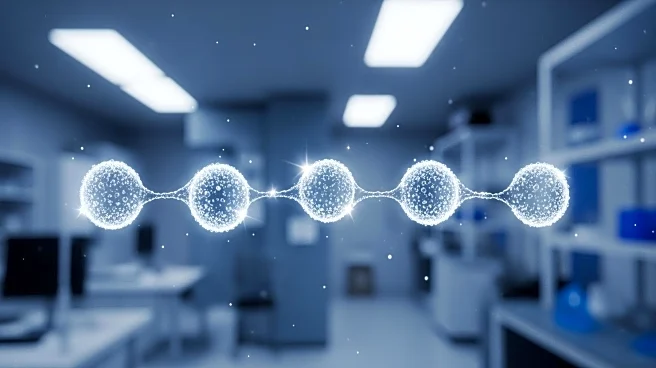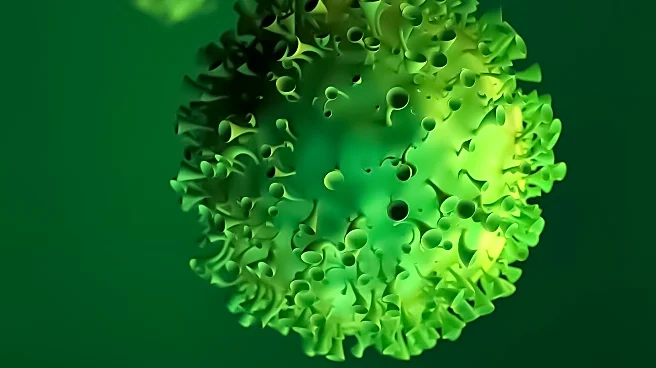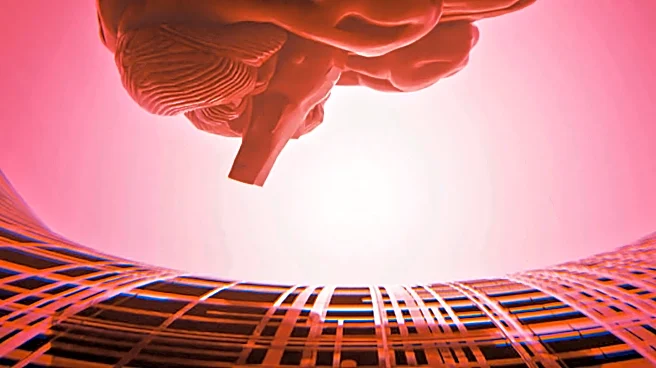What's Happening?
Scientists from the Institute for Bioengineering of Catalonia and West China Hospital of Sichuan University have achieved a significant reversal of Alzheimer’s disease symptoms in mice. Utilizing nanotechnology, the researchers restored the normal function of the brain's vasculature, which is crucial for supplying oxygen and nutrients. The study demonstrated rapid clearance of amyloid-beta proteins, a key factor in Alzheimer’s pathology, and restored the blood-brain barrier's function, leading to cognitive recovery in the animal models.
Why It's Important?
This breakthrough offers promising insights into potential treatments for Alzheimer’s disease, a condition that affects millions worldwide and currently lacks effective therapies. By focusing on the vascular system and the blood-brain barrier, the research suggests a novel approach to managing Alzheimer’s, potentially improving patient outcomes and reducing the caregiving burden. The findings underscore the importance of vascular health in neurodegenerative diseases and could pave the way for new therapeutic strategies that enhance the brain's natural defenses.
What's Next?
Further research is needed to determine if these findings can be translated into human treatments. If successful, this approach could lead to improved brain health, reduced inflammation, and more effective clearance of toxic proteins, potentially slowing disease progression and enhancing the impact of existing treatments. The research team plans to explore the safety and efficacy of this therapy in human trials, aiming to develop clinical interventions that address vascular contributions to Alzheimer’s disease.










